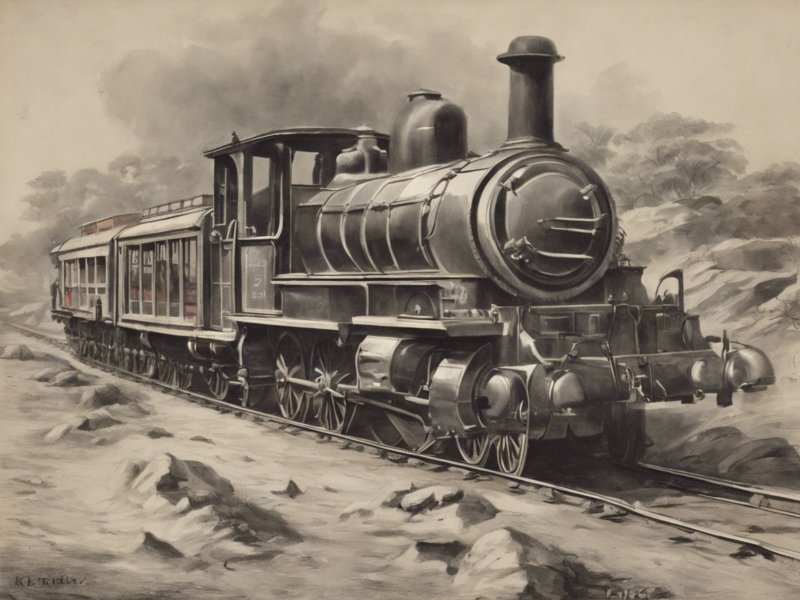Introduction
The year 1857 holds a significant place in the history of India as it marks the beginning of one of the most pivotal events in the country’s struggle for independence, known as the “1857 Ki Kranti” or the Indian Rebellion of 1857. This event, also referred to as the First War of Indian Independence, was a turning point in India’s fight against British colonial rule and played a crucial role in shaping the future of the country. To truly understand the impact and significance of this rebellion, it is important to delve into its historical background, causes, key events, consequences, and legacy.
Historical Background
The foundation for the Indian Rebellion of 1857 was laid much before the actual uprising took place. British East India Company had established its dominance in India through trade and diplomacy, slowly extending control over vast territories. By the mid-19th century, the Company had annexed several regions, causing resentment among the Indian populace, including rulers, sepoys (Indian soldiers serving in the Company’s army), and civilians. The grease cartridges incident, where the cartridges allegedly had to be bitten off before use, made from animal fat, added fuel to the existing discontent due to religious reasons which further aggravated the situation.
Causes of the Rebellion
Several factors culminated in the outbreak of the Indian Rebellion of 1857. Economic exploitation by the British, social reforms that threatened traditional structures, and cultural insensitivity were key triggers. The Doctrine of Lapse, introduced by Lord Dalhousie, whereby the East India Company would annex territories from ruling families with no male heir, caused widespread discontent among princely states.
Moreover, the annulment of pensions, high land revenue, and heavy taxes burdened the Indian population, leading to widespread poverty and hardship. The implementation of English education and the intrusion of Christian missionaries were seen as a threat to Indian culture and traditions.
Key Events
The revolt began in Meerut on May 10, 1857, when Indian sepoys refused to use the controversial cartridges and were subsequently court-martialed. The sepoys were supported by Indian civilians, and the rebellion quickly spread to other parts of North and Central India, including Delhi, Lucknow, Jhansi, Kanpur, and Bihar. The rebels proclaimed the restoration of the Mughal Empire under Bahadur Shah Zafar as the Emperor of India.
The siege of Delhi and Lucknow, led by Indian leaders such as Rani Lakshmibai of Jhansi and Nana Sahib, showcased the courage and determination of the rebels against British forces. The fierce battles, strategic alliances, and acts of bravery on both sides characterized the intensity of the revolt.
However, the British, with their superior military strength and reinforcements, gradually suppressed the rebellion by early 1858. The leaders of the uprising were either captured or killed, and many faced brutal retributions, including public executions and confiscation of properties.
Consequences and Legacy
The Indian Rebellion of 1857 had far-reaching consequences that reshaped the course of Indian history. The British Crown took over the administration of India from the East India Company, marking the end of the Company’s rule in India. The Government of India Act 1858 was passed, transferring power to the British Parliament and establishing the British Raj in India.
The rebellion also resulted in significant changes in British policies towards India. The British government aimed at centralizing authority, improving governance, and ensuring better administration to prevent future uprisings. The Indian Civil Services were reformed to allow for more Indian representation, and policies were introduced to divide Indian society along religious and caste lines for easier control.
Additionally, the Indian Rebellion of 1857 served as a unifying force against British colonial rule. It inspired future generations of freedom fighters, nationalists, and revolutionaries, such as Bal Gangadhar Tilak, Mahatma Gandhi, and Bhagat Singh, who drew inspiration from the courage and sacrifices of those who participated in the uprising.
FAQs
Q1: What were the long-term effects of the Indian Rebellion of 1857?
A1: The rebellion led to the end of the East India Company’s rule, the establishment of the British Raj, and significant changes in British policies towards India.
Q2: Who were some of the key leaders of the 1857 rebellion?
A2: Leaders like Bahadur Shah Zafar, Rani Lakshmibai, Nana Sahib, Kunwar Singh, and Tatya Tope played crucial roles in the rebellion.
Q3: How did the British respond to the rebellion?
A3: The British responded with ruthless suppression, public executions, and confiscation of properties of the rebels and their supporters.
Q4: Did the rebellion have any impact on the Indian society and culture?
A4: Yes, the rebellion instilled a sense of nationalism, unity, and resistance against colonial rule among Indians, influencing future freedom movements.
Q5: How did the Indian Rebellion of 1857 inspire future generations of leaders?
A5: The rebellion inspired leaders like Mahatma Gandhi, Bal Gangadhar Tilak, and Bhagat Singh, who drew inspiration from the courage and sacrifices of the rebels.
In conclusion, the Indian Rebellion of 1857 stands as a testament to the indomitable spirit and resilience of the Indian people in their struggle for freedom and self-determination. The events of 1857 continue to inspire generations and serve as a reminder of the sacrifices made by those who fought against colonial oppression.

